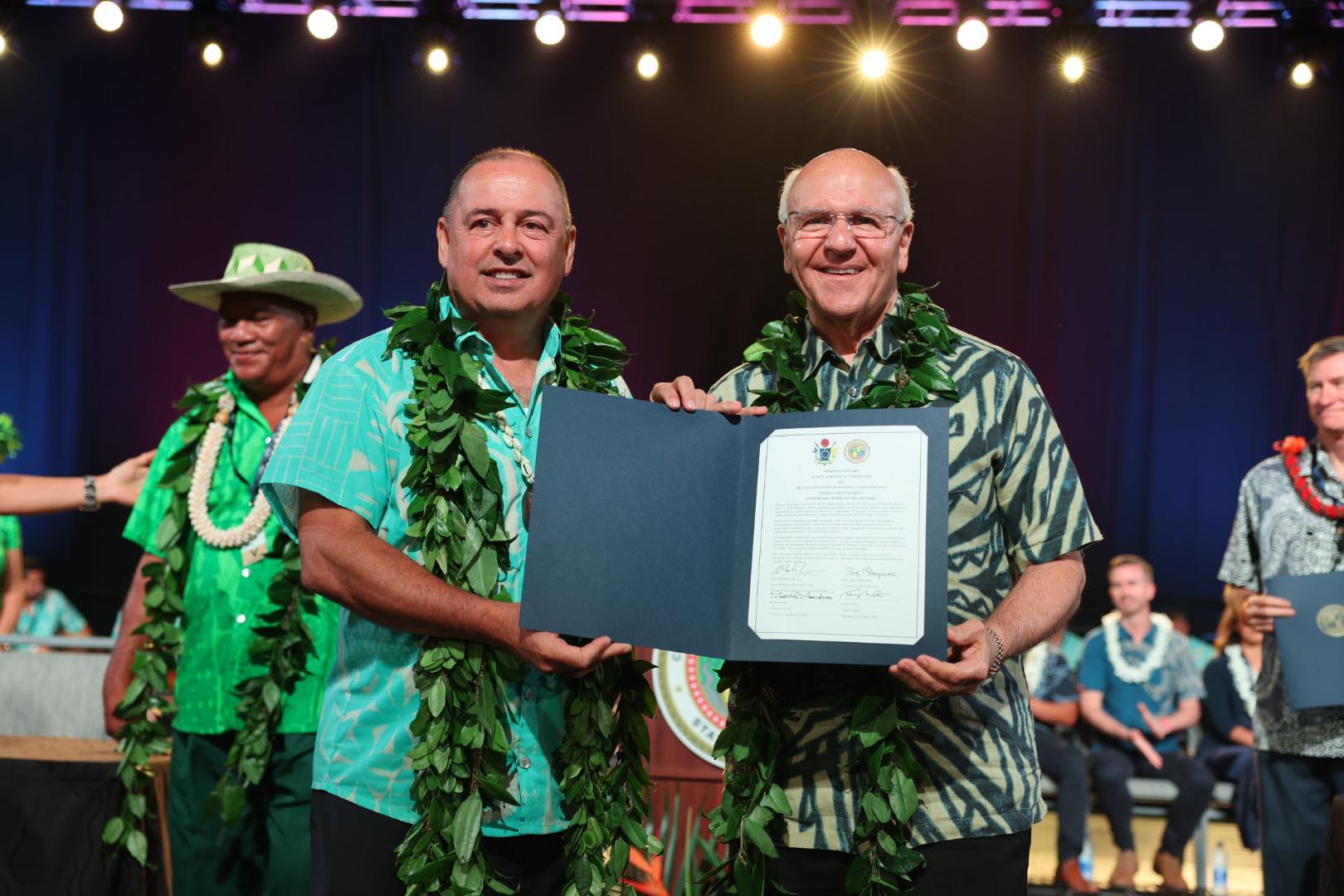Where is the accountability? : concerned resident
Saturday 15 April 2023 | Written by Al Williams | Published in Environment, National

A beach front development at Titikaveka. 23041485
A Rarotonga resident is concerned residential developments are encroaching on beaches without care or consequence.
The woman, who wishes to remain anonymous, is a long-time resident of a beachfront property on the island and says she has witnessed several beach side developments in the vicinity in recent years, which she believes have encroached on the shore line.
She contacted Cook Islands News on Tuesday and wanted to know who monitors such work, and how it is monitored, and if there are guidelines.
The woman said she believes a lot of the project work is not being monitored and has concerns in terms of its environmental impacts, and health and safety.
“How much of a public beach can be taken by a development?”
“Where is the accountability?”
Cook Islands News put her concerns to the National Environment Service (NES) director Halatoa Fua on Wednesday, who along with NES staff members, provided a response.
In an email to Fua the newspaper asked . . .
Her questions are around the process, and what the process involves. Can you please explain what the process is when someone wants to develop/redevelop beachside property?
All applicants are required to submit a completed Environment Significant Declaration (ESD) form with NES for any developments on land including those on beachside. This applies to new and redevelopments. Beachside/ foreshores is a regulated area under the Environment Act 2003. Once the ESD form is received then an internal assessment of the project initiates pertaining technical input relating to the application. An applicant receives a response after this internal vetting is completed on the next steps and relevant environment sign- off that is required for the project application.
How does NES monitor the development/redevelopment, proposal/work?
All environment sign- off issued by the Rarotonga Environment Authority (REA) often has conditions imposed on the applicant to which the applicant must comply throughout the duration of their consent/permit. One of this is for NES to continue monitoring the projects at the inception of the project and randomly throughout the duration of the permit.
How long are people given to carry out the work?
The in-house standard is every consent and permits are valid for one year from the date of issue. Once the year is completed then NES would require the applicant to reapply via re-submitting of the ESD form.
Are there guidelines/requirements for those engaged in such work, and what are they?
The Environment Act provides a legal basis about everything NES. NES has internal processes and guidelines in practice for the operational aspects of the Act. Processes can be found on our website. We also issue conditions directly to the applicant.
How is the area of beach vs land/property defined?
The Environment Act provides a definition for foreshore (refer to S.2 of the Act). Land and property are not defined under the Act but the foreshore area between the high mean water mark and going landward to a distance of 30metres is a regulated space under this Act. Refer to S.50 (1) (a- d) for the list of activities that are regulated by law in this space.
Is there any legislation surrounding such development, and what does it stipulate? Does the legislation have any teeth as such?
There are other agencies that also regulate development under their respective mandates. TMO (Te Marae Ora) regulate sanitation and development that have impacts on human health. Infrastructure Cook Islands have mandate relating to public infrastructure arising from development. Advice to follow up with those agencies in relation to the effect.
What action can/does NES take in being proactive in such matters, as the concerned resident says there are derelict beachside developments?
NES attempts to do what it can through monitoring and surveillance to ensure compliance. NES also has recently raise public awareness programmes through social media and website to inform the public about the NES processes relating to development. It is also a responsibility of the public to ensure that they are in compliance of the laws in place. All developments on foreshore must go through a vetting process where advice will be received on the necessary environment sign- off would be recommended. E.g. Consent/ Permit. Besides environment, there are other permits that also needs to be sought. All this responsibility lies with the applicant.

















































